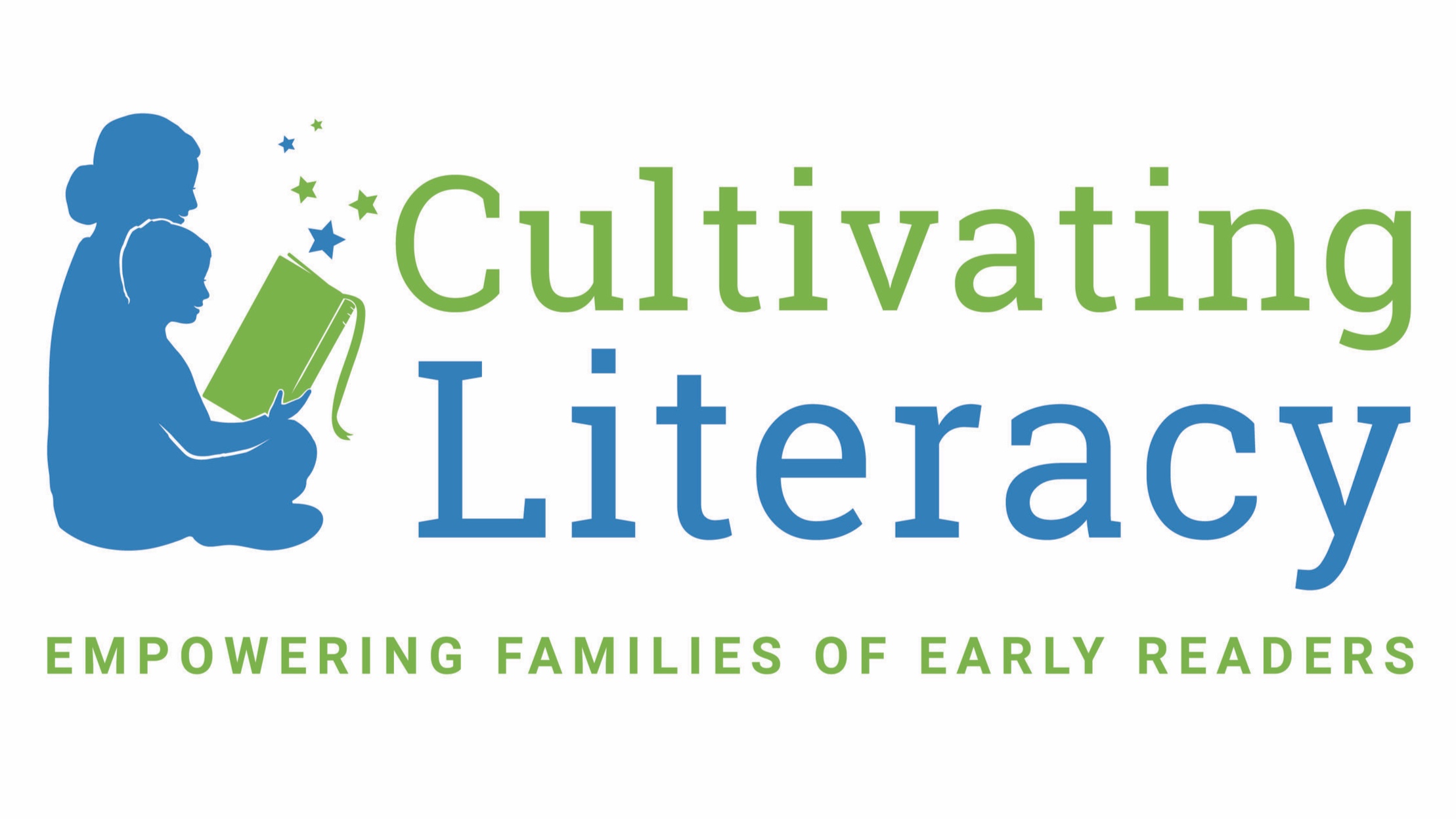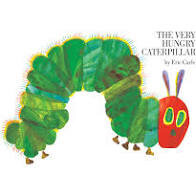Retelling Strategy
Retelling is the process of recalling the events that happened in a story in order from the beginning, middle, to end. Retelling is used to promote comprehension, which is the process of understanding what is being read and building on the information learned by connecting it with other stories or real-life events. Retelling promotes vocabulary by engaging the individual in using story vocabulary as they retell what happened in the story.
Readers use the information from the text they read to learn. Retelling is one way to check that your child is understanding a story. By asking your child to retell the story, you are able to determine which parts of the story they understand and identify where they may need further support. The Common Core State Standards, which were created to provide consistent standards across the United States, outline that children in kindergarten and first-grade (early elementary students) should be able to retell familiar stories (Common Core State Standards, 2010). As children grow older, the complexity of the text increases; therefore, it is important to lay a foundation in helping the child look for and draw information from the text.
There are many ways to engage your child in using the retelling strategy. One way is to ask questions by pausing during and after the reading. Ask questions to help them retell the events that happened in the story (Texas Education Association).
What happened in the beginning?
What happened in the middle of the story?
What happened at the end of the story?
When your child is retelling what happened in the story, use the illustrations as a way to help guide the retelling process. If they are having difficulty recalling details from the story, let your child refer back to the story and illustrations to provide them with support.
Another way to engage your child in retelling is by using sentence stems. Sentence stems are the beginning of a sentence and help your child start and complete a sentence. Here are some examples:
You say: At the beginning of the story (insert character names). The child finishes the sentence.
You say: Then, (insert character names). The child finishes the sentence.
You say: At the end of the story, (insert character names). The child finishes the sentence.
If your child has become comfortable identifying a few details from the beginning, middle, and end of the story, help them identify more details. Use your fingers to help them identify what happened first, second, third, fifth, etc.
Here are some suggestions for making retelling fun:
Example of a story map created by a first-grader after reading a story about farm animals.
Use art to engage your child as they retell the parts of a story. They can do this by creating a story map and drawing what happened first, next, then, and last (Texas Education Agency).
Provide practical application and practice by asking your child to retell their day by using pictures or photos. Instruct your child to take a picture of something they did during the morning, noon, and evening. Then, ask them to use the photos to retell what they did during the day.
Use movement and memory to help your child as they retell a story. Instruct your child to mirror your movements. Explain that when you touch your head, this means to retell the beginning of the story. When you touch your tummy, this means to retell the middle of the story and when you touch your toes, this means to retell the end of the story. (Julia Neff, 2020)
You can use the retelling strategy with any book but here are some great titles and suggestions!
Interrupting Chicken by David Ezra Stein: Readers can enjoy a silly story about a chicken who loves bedtime stories but just can’t stop himself from interrupting the story to tell the ending. He interrupts quite a few classic stories such as Hansel and Gretel, Little Red Riding Hood, and more. Finally, the little chicken wears himself out (and his dad) and falls asleep. During the story, ask your child to retell the stories that the little chicken interrupts and connect the story with real-life by asking your child to list some of the stories you have read to them.
The Very Hungry Caterpillar by Eric Carle: Follow a hungry caterpillar as it eats its way through many different types of foods before creating a chrysalis and becoming a butterfly (Reading Rockets). While reading, pause and look at the illustrations together. Ask your child to tell you the first type of food the caterpillar ate and then ask them to tell you what it ate next.
If You Give A Mouse a Cookie by Laura Joffe Numeroff A silly mouse asks a boy for lots of different things. He starts by asking for a cookie and then continues asking for more. During the reading, pause and ask your child to tell you some of the things that the mouse wanted. After the reading, ask your child to draw what the mouse wanted at the beginning of the story. Then, ask your child to draw one or more of the things the mouse wanted in the middle of the story. Last, ask your child to draw what the mouse wanted at the very end of the story.
References:
Common Core State Standards, 2010 http://www.corestandards.org/ELA-Literacy/RL/K/
Julia Neff, Cultivating Literacy, 2020.
Reading Rockets, Teacher Sequence by, Activity No. 9 https://www.readingrockets.org/article/teaching-sequence
Texas Education Agency, Strategies That Promote Comprehension, https://www.readingrockets.org/article/strategies-promote-comprehension





